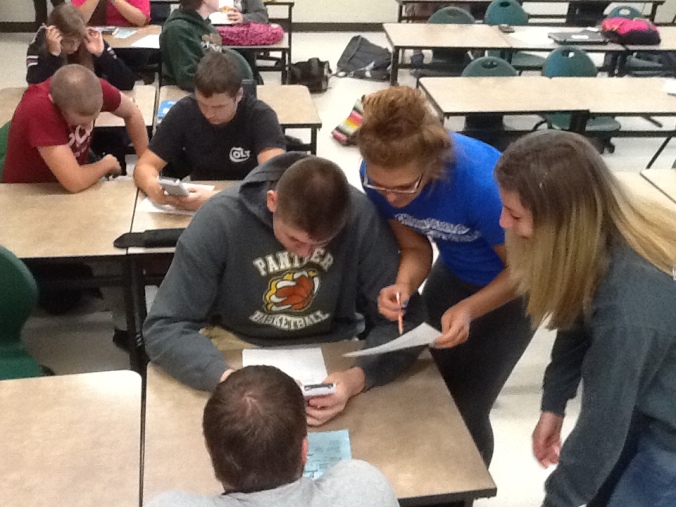High school students can be capricious. Especially here in the nether regions of school-after-Memorial-Day. It can be hard to predict what type of assignment will engage the students. Something that has worked in years past might flop this year. But today, something worked.
Mind you, when I say that it “worked,” what I mean is:
A. It engaged more than 90% of the students.
B. It challenged more than 75% of the students.
C. Almost all of the students who were challenged persisted through the challenge.
D. It inspired honest and effective student-led collaboration.
That something is a handout that I like to call Wrap Battle.
(Now, fair warning: I didn’t write the handout and I don’t remember who did. I edited it a bit, that’s all. If you who wrote the handout are reading this and want your credit, I will be more than happy to provide it. Please let me know and I will make sure and give you all the credit.)
So, why did this handout contain work so well?
Well, first (and I feel like this is the most important), the situation in which the problem exists is easy to understand. Practically everyone has either wrapped a present or opened a wrapped present. So, there isn’t any students lost in the context of the problem.
Second, the actual number crunching isn’t overly complicated. This problem consists of adding, subtract, multiplying, and dividing of positive, whole numbers. You aren’t going to lose any students who have an idea of what to do, but get lost crunching the numbers.
Third, this problem has high predictability. The always important question, “Does your answer seem reasonable?” is a great turnaround when the students inevitably come to you with their paper and ask, “Is this right?”
Finally, that leaves us with the meat of the energy being designing the solution and testing/comparing results, which, at this point in the year, is exactly what they should be doing.
So, just a like a workout that is designed to isolate a certain muscle group, this problem approaches the students so that all of them can play, contribute and analyze the result. When they feel like they can, then that increases the chance that they will try.
